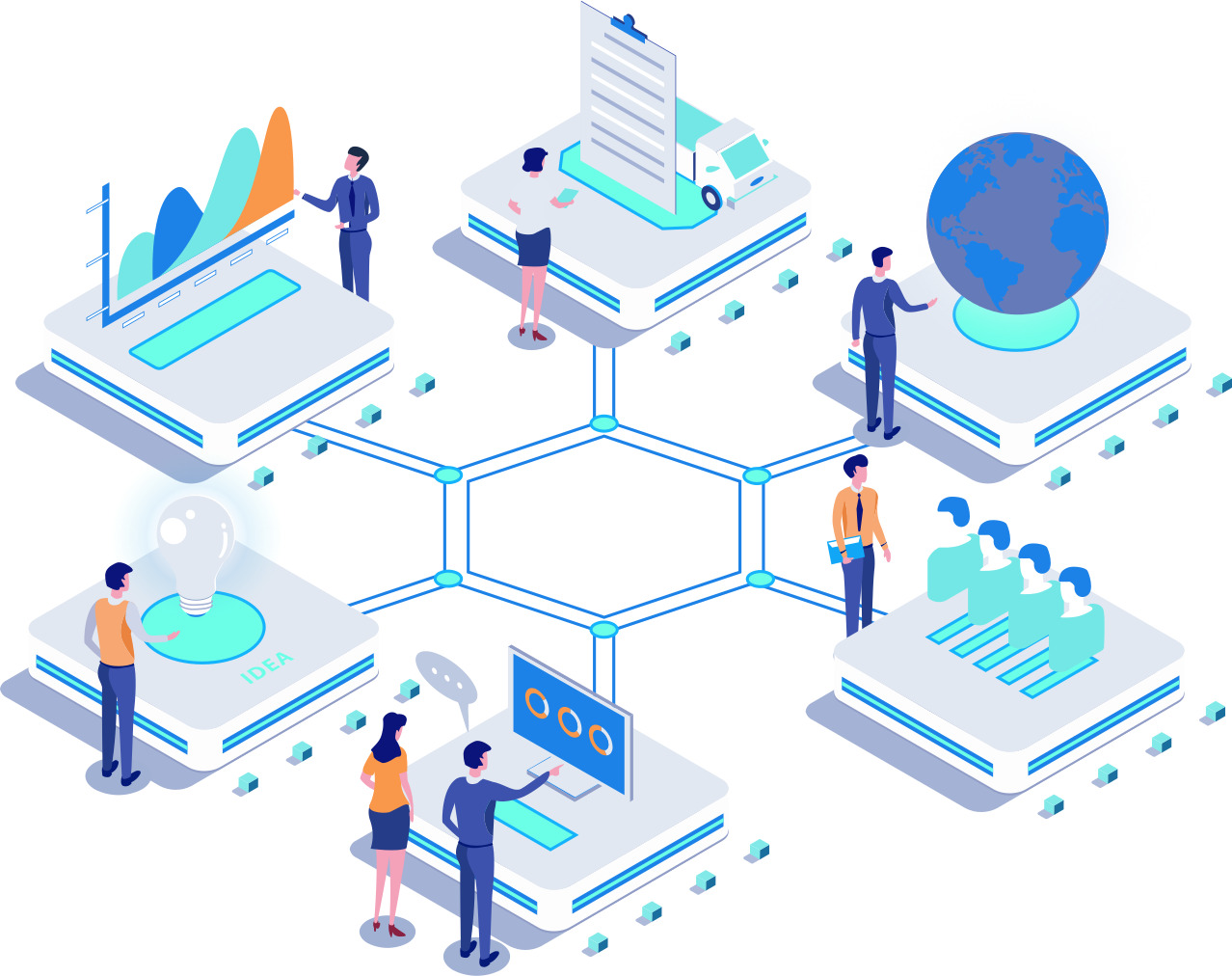Strategies For Building Effective Microservices Architecture

Microservices architecture is becoming increasingly popular these days for its flexibility, scalability, and effectiveness in the software industry. The concept of breaking one complex service into several smaller services sounds like a great way to improve the productivity and efficiency of your business. But, the real question is if microservices architectural patterns are actually suitable for everyone.
In this article, we will help you understand the concept of microservices architecture and whether this is truly beneficial for your business or not. This article will help you in making sound decisions for your business.
What is Microservices Architecture?
Microservices architecture is an architectural style that is independently deployable and loosely coupled. It helps resolve the complexity of the software system and makes it flexible, scalable, and fault-tolerant.
In a microservices architecture, codes are independently deployed through logical separation of codes to make them self-sufficient. Since each service is independent, the failure in one service will not be hugely impacted on the other services. This structure also allows developers to change the features of the application without breaking the entire code.
Benefits of Using Microservices
There are multiple reasons why microservices architecture is getting popular in today’s technological world. Microservices design patterns consist of a more agile and dynamic approach while developing and executing the applications and system. Here are some of the significant benefits of Microservices:
- It improves the functional productivity of the application by breaking it into smaller autonomous fragments. Since the services are independent of each other, they can be managed with much efficiency according to the requirements.
- One of the most prominent features of microservices architecture is its fault isolation. This means fault or breakage in one codebase does not affect the other codebase. Hence, it is easy to fix the fault areas and recover from them.
- The independent factor of microservices technology makes it easier for the developers working in the different modules. In this architecture, developers can write code in any language that is convenient without worrying about compatibility with other services.
- Microservices architecture provides higher security levels to the codebase by preventing code intrusion from other areas.
Who Should Use Microservices Architecture?
If you are running a large enterprise and the complexity of the business system is immense then you should use microservices architecture. Although the benefits of microservices are tempting enough for you to start using microservices right away, we advise you to think carefully. Remember all that glitter is not gold. We agree that microservices have a plethora of benefits to transform your business but these benefits come with a huge cost that may not be affordable for everyone.
It is not a smooth walk to makeshift your system from monolithic to microservices. You should have a big and efficient team of developers for each service. It also depends on your business scale, if your system is not complex then it might not be beneficial for you to implement a microservices architecture.
Effective Strategies for Building Microservices Architecture
Now the question is how you can implement microservices architecture into your system which is based on monolithic architecture. Here are multiple ways in which you can make changes to your existing system.
The Strangler Method
The strangler method of deploying microservices architecture means slowly and gradually bringing change to your existing architecture. With this method, you can transform your business from monolithic architecture to microservices architecture in a phased manner.
This way you can slowly change all your services in a microservices architecture by strangling the old system. Once the new services are functional, you can efficiently operate all your old services in the new system.
The Lego Method
For large organizations, it is not easy to change the entire system architecture of the business because there is a lot of data complexity involved. For those businesses, the Lego method is an appropriate option to introduce microservices architecture. In the Lego method, instead of changing the entire system, you deploy microservices patterns only in new products.
This hybrid approach of including microservices architecture in your system helps you modernize the system architecture of your newly built products. Although, the problems with monolithic architecture will still persist in the old codebase.
The Nuclear Method
The nuclear method is rarely used by companies. The nuclear method is the process of changing the entire monolithic architecture into a microservices architecture from scratch. This pattern promotes the emergence of a “second system” which runs parallel until the new architecture is functional and ready to use.
It gives a new direction to do things and restructure the system codebase from the start. Most companies refrain from using this method because it involves the downtime risk of the software that impacts the user experience.
Closing Words
Microservices architecture is becoming one of the most preferred architectural styles in today’s world. Its scalable, fault isolation, and resilient features are significant components that add to its popularity. Contrary to the traditional method of monolithic architecture, it has less complexity and is easy to manage. If implemented well, this architectural pattern will work wonders for your business.
The secret of microservices architecture lies in its implementation. Therefore, it is very important to choose the right team of software architects and developers who have relevant industry experience.
Do you also want to scale your business digitally by including microservices architecture but don’t know how to do it? Collaborate with Webmagic and take the help of industry experts. The experienced architects of the company offer you the best-in-class architecture solutions that perfectly suit your business needs.
